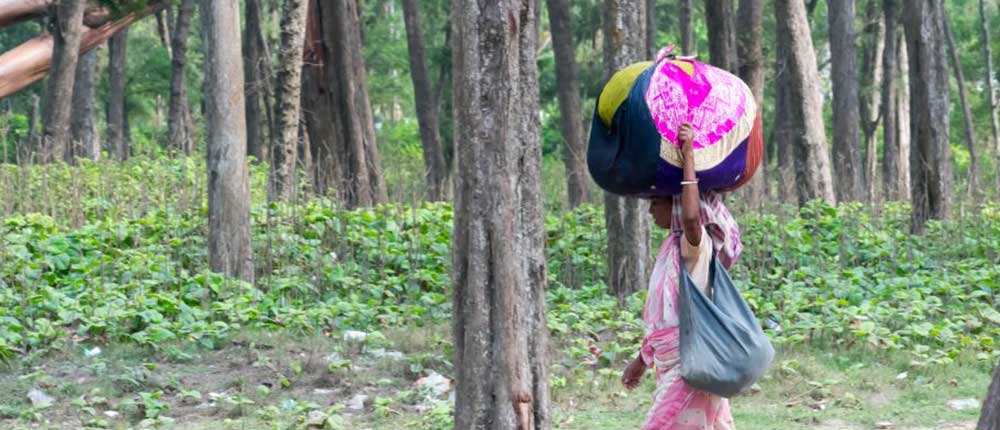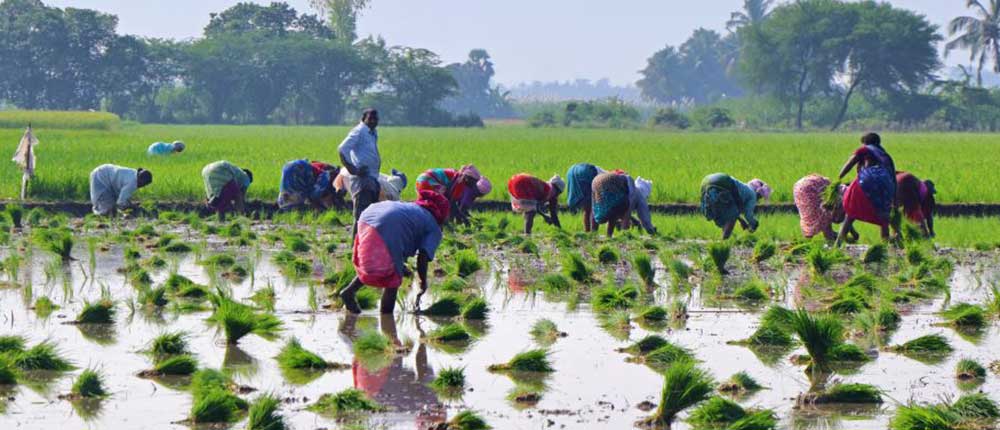In the wake of the COVID-19 pandemic, as millions of migrants head home, without any promise of livelihood, India's forestry and biodiversity resources can offer a ray of hope. There are solutions and mechanisms in place, but they need to be implemented with conviction. Dr. JV Sharma, Director, Land Resources Division, TERI, explains.

Q: In this current crisis, generating rural livelihood is a big challenge for the government. How do you think our forestry and biodiversity resources can help in mitigating this crisis?
Ans: Around one-fourth population of our country lives in and around forests and derive their full or partial livelihood from forests through collection of Minor Forest Produce (MFP) and their value addition. Forests require labour intensive operations for sustainable management. The migrants returning home, especially in forest dominant states such as Madhya Pradesh, Chhattisgarh, Odisha, Jharkhand and Bihar, can be given livelihood through primary processing and collection of MFP. There are existing mechanisms like MNREGA or Access and benefit-sharing (ABS) which could be deployed to create forest-resource based jobs. ABS is a global agreement adopted by India which clearly lays out how genetic resources may be accessed, and how the benefits that result from their use can be shared between the providers and users.
Q: What is the current status of marketing MFPs? How many of these have a Minimum Support Price (MSP)? To what extent has this mechanism benefited tribal communities on the ground?
Ans: The government of India has notified MSP for more than 50 MFP, enhancing their price by 16-30% in April 2020. It has to be implemented by the state governments with 75% support from the Central government and the remaining cost, borne by the states. There are institutional issues for the implementation of the scheme at the ground level. The state government must explore the Self Help Group (SHG) institution at Gram Sabha level to implement the MSP scheme for transferring its benefits to local communities and to enhance their income.

Q: At the state level, what kind of efforts need to be taken to see that there is a well-coordinated procurement system that benefits communities in distress.
Ans: The Forest Right Act,2006 has empowered Gram Sabha with the ownership of MFPs for the purpose of access, collection, processing, trade, and marketing. Most of the empowered Gram Sabhas are engaging SHGs as an institution to make use of the ownership right, for providing livelihood and better income to the community. Microfinance for SHGscan facilitate the collection of MFP, and it's primary processing. The procurement unit must purchase at the Gram Sabha level to avoid wasting the time of the villagers which can be productively used for more collection of MFP and primary processing.
Q: Which MFPs have great market potential and can be sustainably harvested in the next few months to bring immediate relief to people?
Ans: Mahua seed, sal seed, sal leaves, chiraunji, tamarind and gum karays are the various forest produce that could provide additional income during this period. The primary processing can provide better price and income. There is a centrally sponsored scheme called Van Jan Dhan Yojna, which can provide financial assistance for primary processing.
Q: What role can the pharma industry play in this?
Ans: The pharma industry must maintain their records of inventory to facilitate the transfer of the Access and Benefit Sharing money to the Biodiversity Management Committees (BMCs) at the village level. It is also mandatory under the Biological Diversity Act, 2002, but the pharma industry has not been transferring this benefit to BMCs. The pharma industry can also use their Corporate Social Responsibility (CSR)funds for building capacity of the primary collectors of MFP with respect to sustainable harvest, cultivation of medicinal plants.
